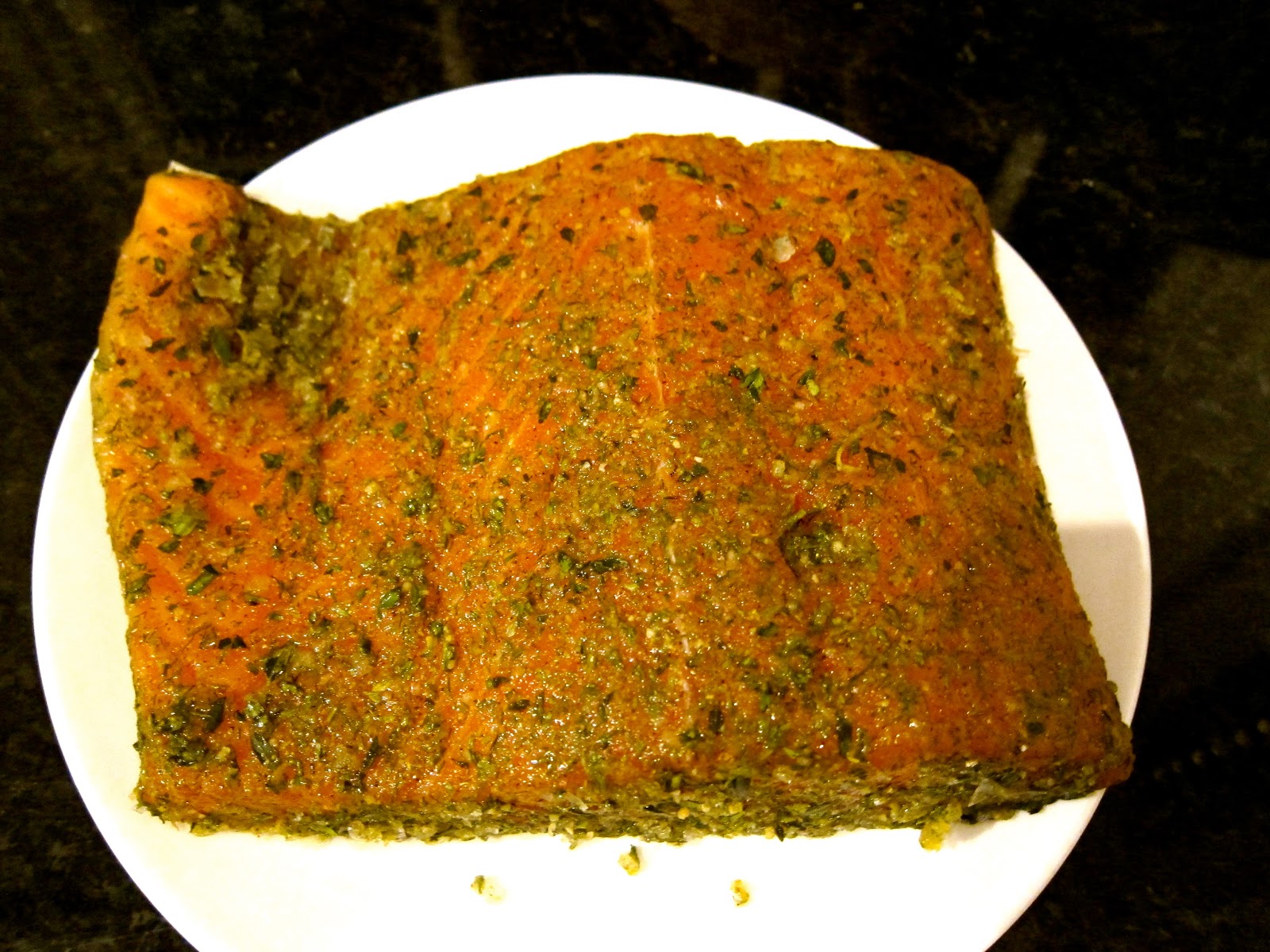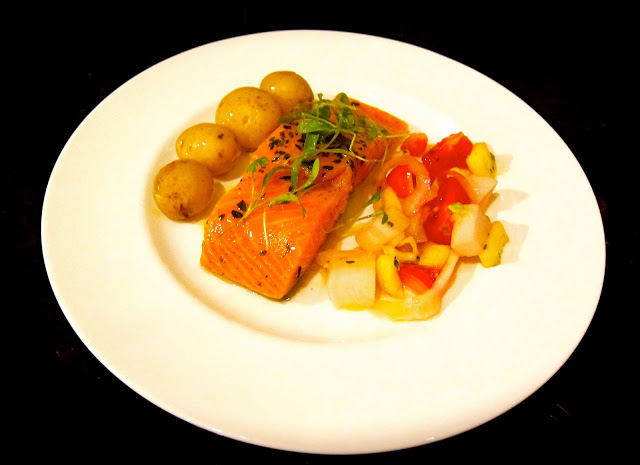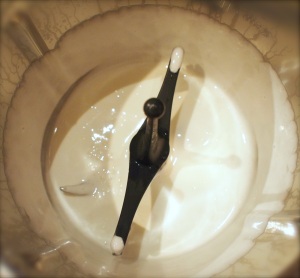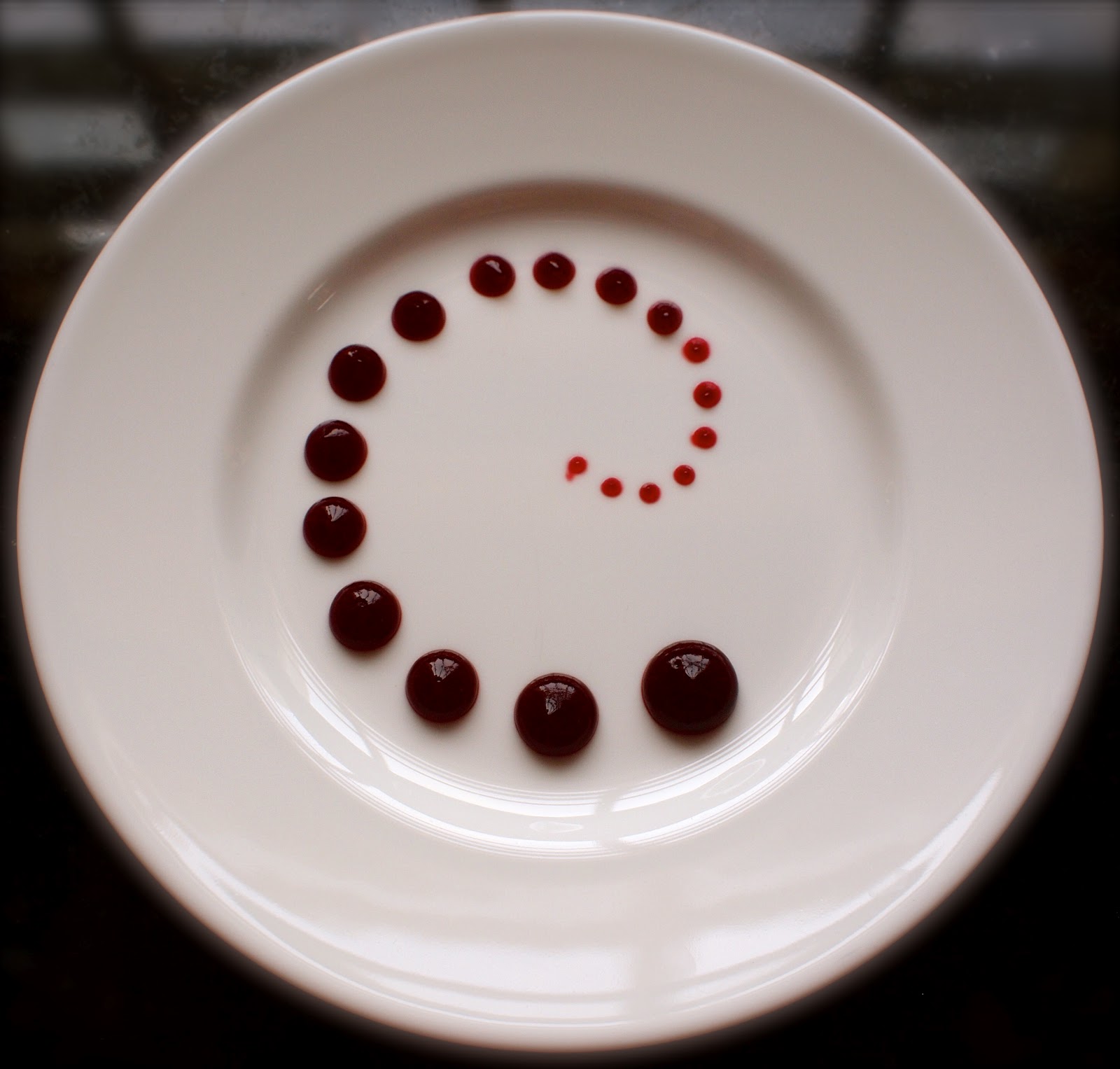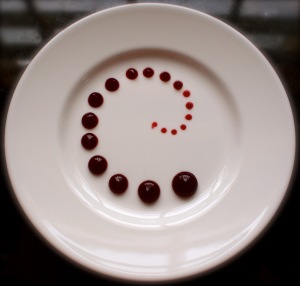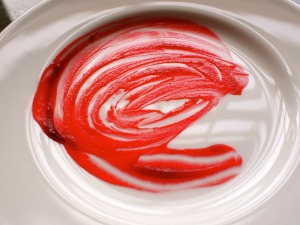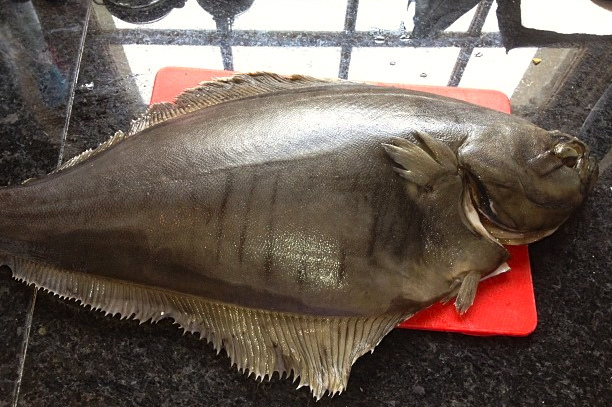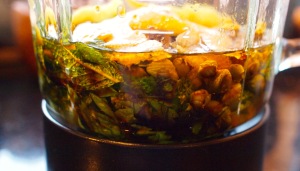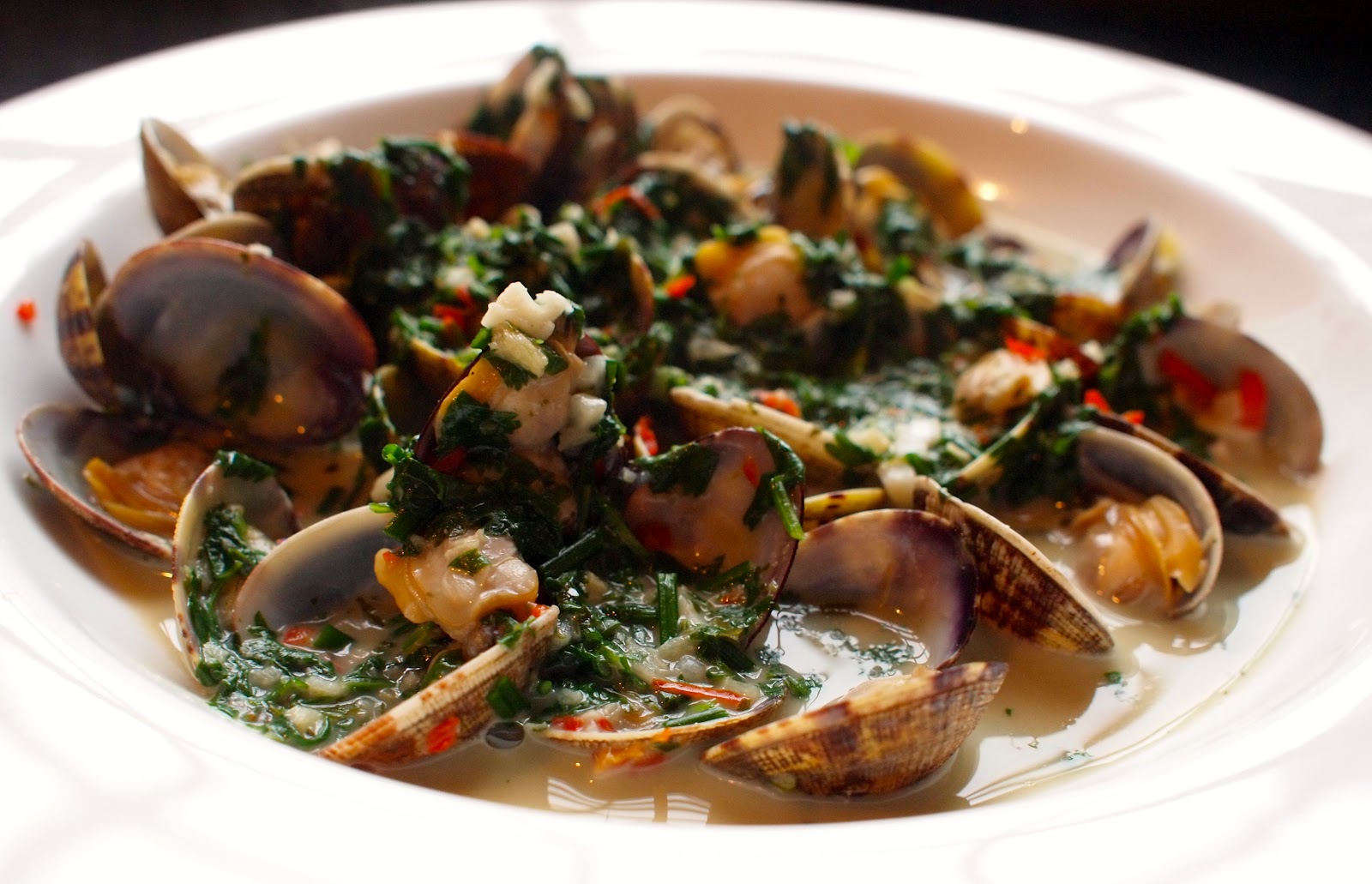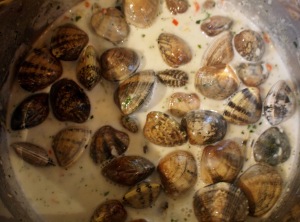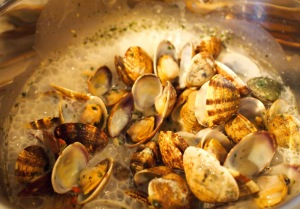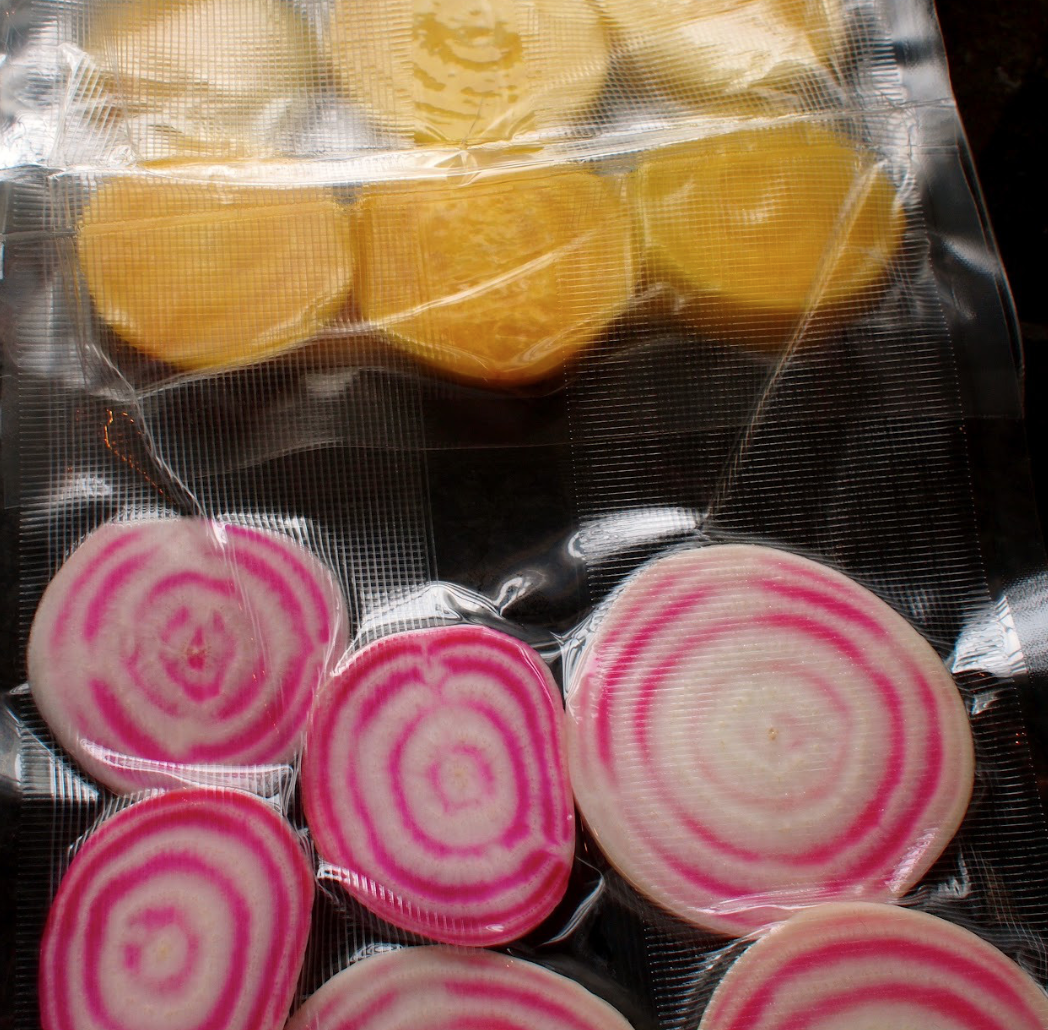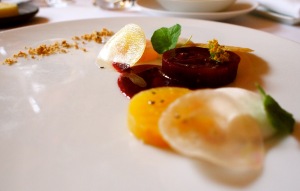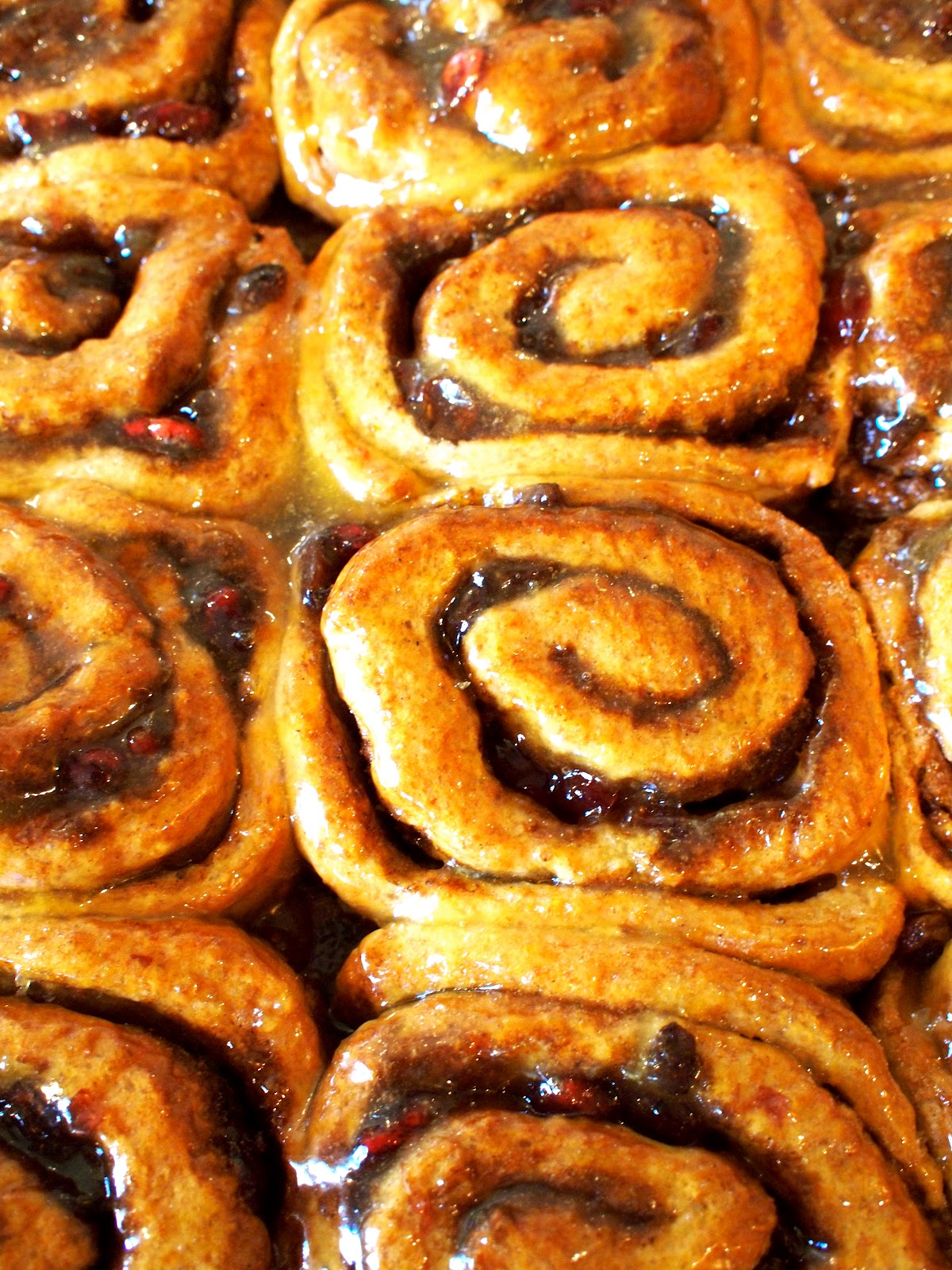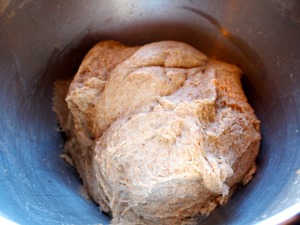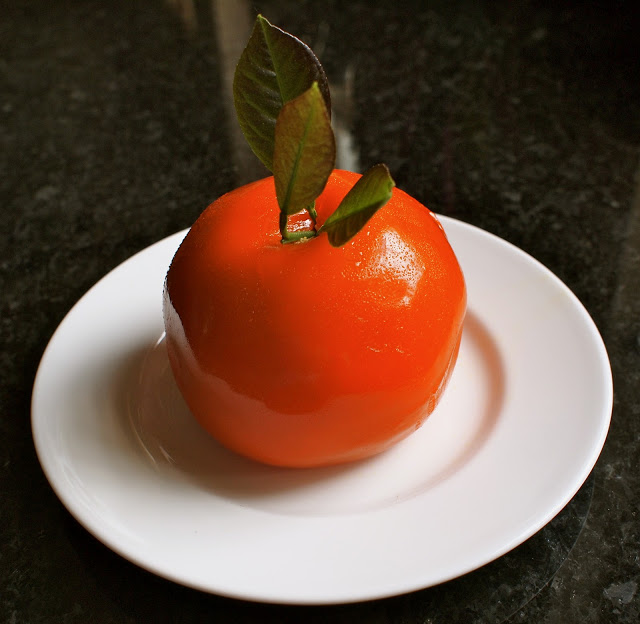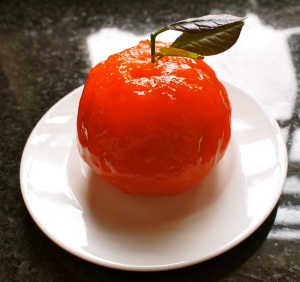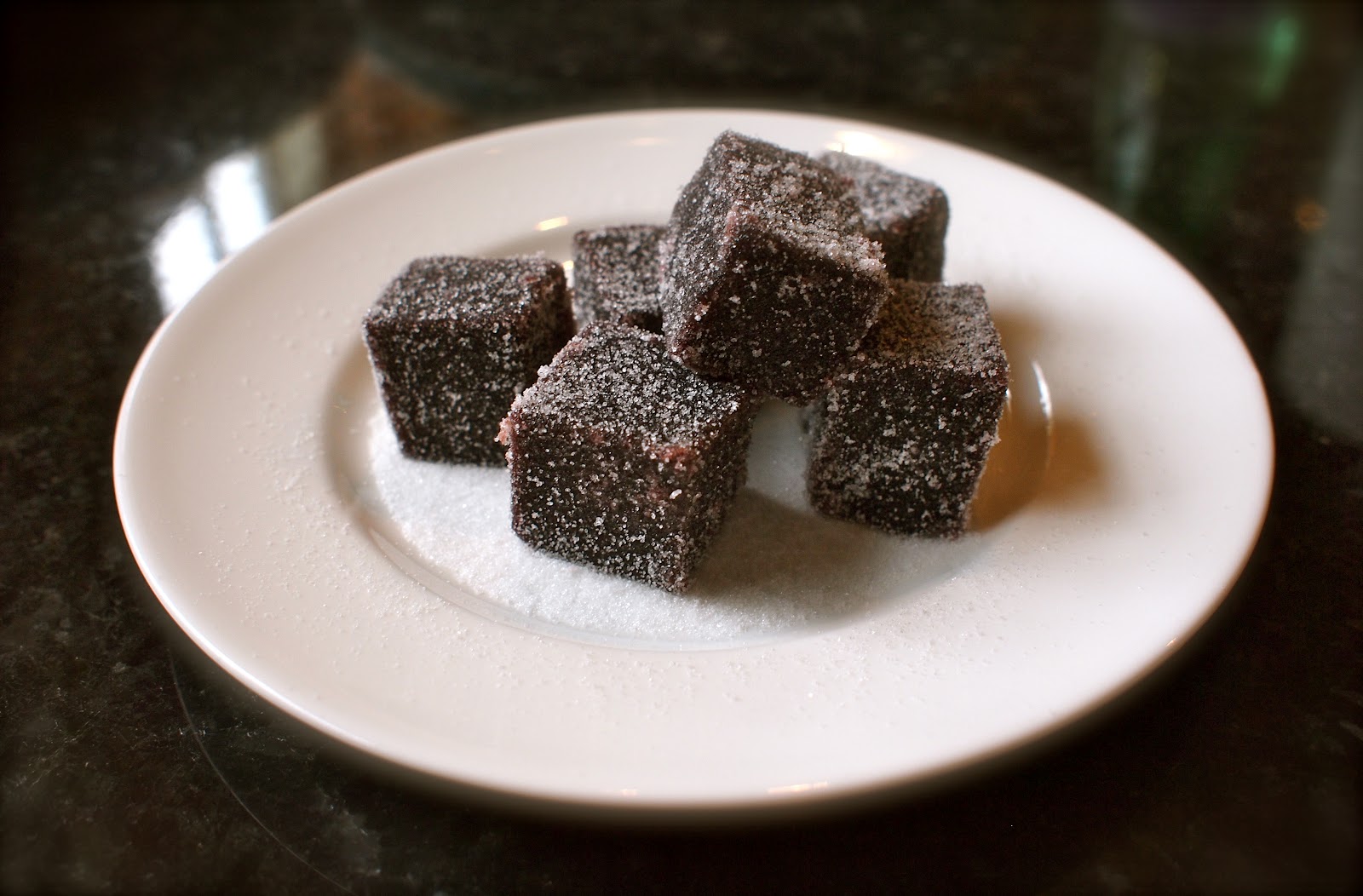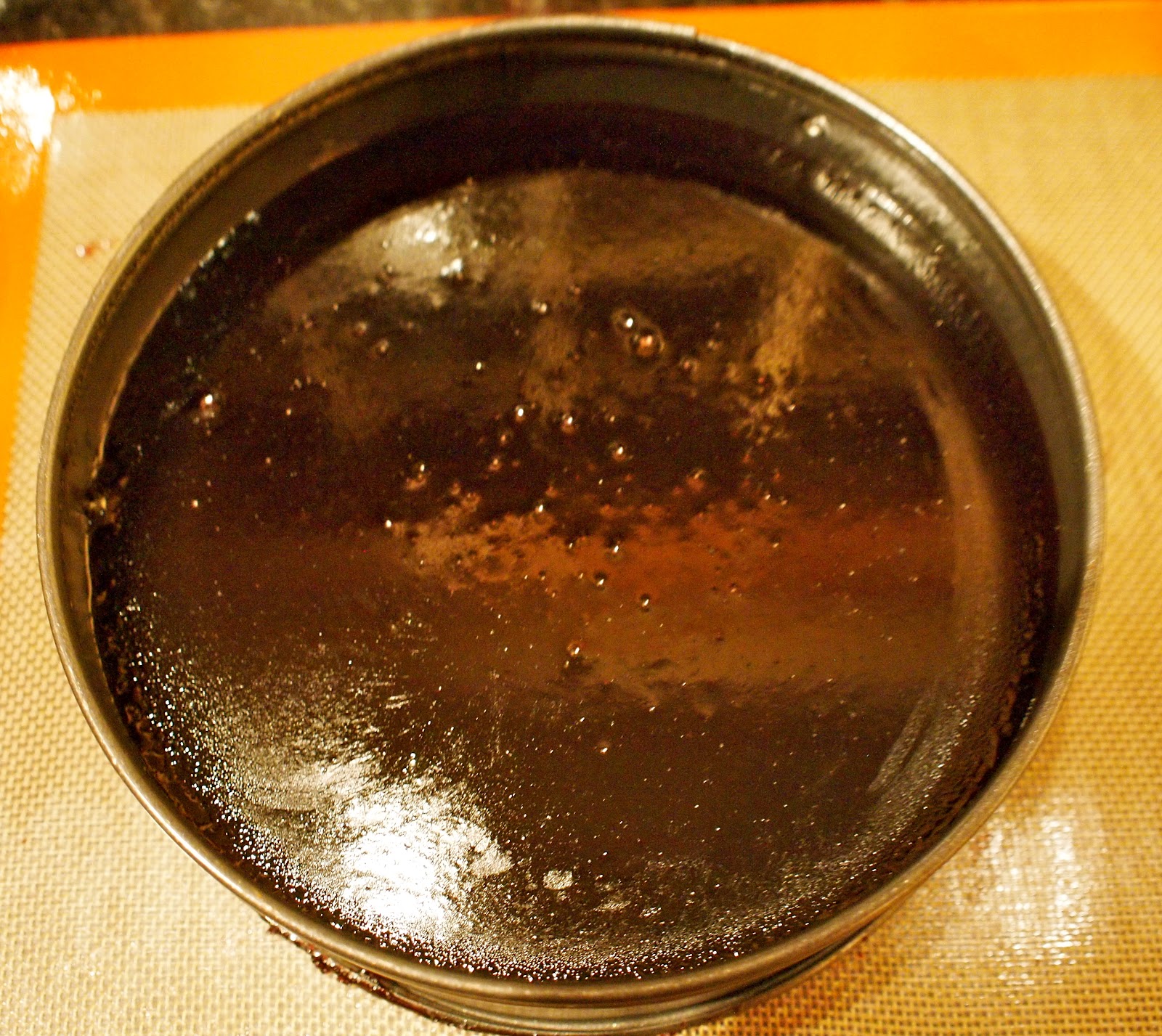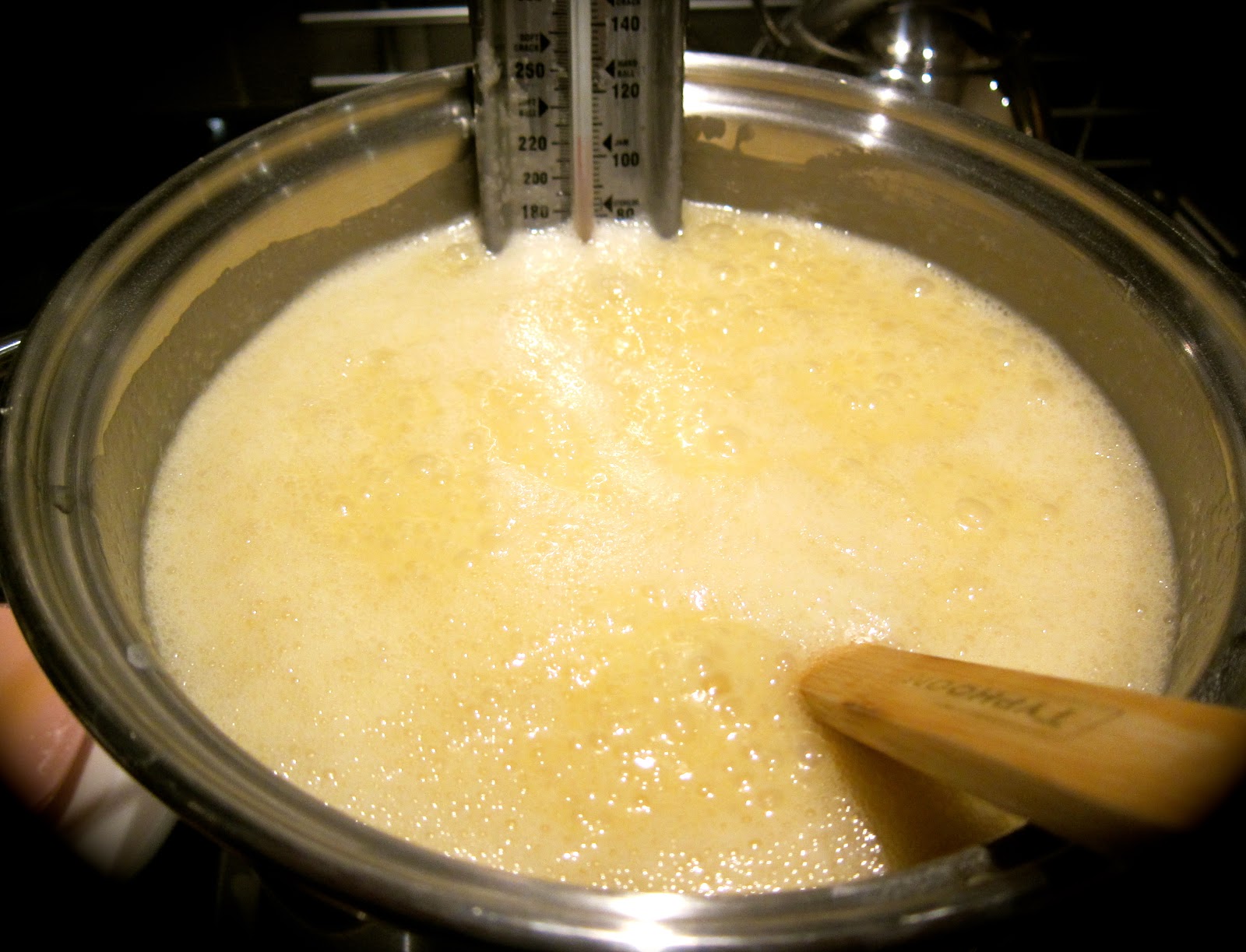The day has finally arrived, my kitchen finally has a chamber vacuum packer! This immediately means that I can sous vide items which contain marinades, or confit them in olive oil. My first thought was a piece of salmon, though today I have watermelon compressed with pink salt and basil oil in my fridge, and the Sunday beef sitting in my Grant waterbath! In a moment I will be sealing the soused raw vegetables I made to accompany the salmon, which will mean they remain fresh until next weekend – what a difference this machine is going to make to my kitchen. Having said that – it’s flipping enormous! I was assured this new machine had been specifically designed for the home cook, but given the size and weight of it. I’m going to have to find a permanent home for it in my back kitchen…
Anyway, back to the salmon – the recipe I chose is based on one that Raymond Blanc did on his show, Kitchen Secrets. I didn’t use the whole recipe, but I did brine the salmon as per his recipe. Raymond also suggests cooking it at 42°C, but checking my copy of Modernist Cuisine at Home, it gave me 45°C for rare, 48°C for medium, and 52°C for firm. Knowing that my 11 year old would baulk at the texture of rare salmon even if cooked, I plumped for the 48°C range. The cure stops the fish from leaching its albumen during cooking, and ensures a firmer texture to the fish too. The full recipe can be found here, and includes a rather lovely lemon verbena and apple jelly!
Ingredients:
large pinch fresh lemon verbena, finely chopped
10g sea salt
2 pinches freshly ground white pepper
large pinch caster sugar
1 tsp finely chopped fresh dill
1 x 280g salmon fillet, preferably organic, pin bones removed, skin removed
200ml extra virgin olive oil
1 lemon, zest peeled off in one strip
Preparation method:
- Mix together the lemon verbena, salt, pepper, sugar and dill in a bowl until well combined. Sprinkle half of the mixture onto a baking tray, then place the salmon fillet on top and press to coat it in the marinade mixture. Press the remaining marinade on top of the salmon. Cover the tray with cling film and chill in the fridge for 30 minutes. [I usually pop mine into one of those sealed food bags – less mess]When the salmon has marinated, remove it from the fridge and wash off the marinade. Pat dry, then cut lengthways in half and widthways in half again, to make four portions.
- Seal the salmon fillets in a bag and sous vide at 48°C for 25 minutes (though I found this a little tepid for my taste, adjust the cooking time accordingly to taste). [I’ve now cooked it again at 50°C, and much prefer the texture]
- I served the salmon with new potatoes and a lightly soused raw vegetable salad, made of radishes, mooli, fennel, roscoff pink onions and cucumber, as a nod to the Scandinavian cure. (And please ignore the rather incongruous placing of the potatoes :0) You know my lot, they’re always too hungry to wait while I fiddle…)
The texture is absolutely delicious, silky, luscious, dense – even the 11yo polished it off, and she hates the texture of smoked salmon (though does eat raw salmon, oddly).

You can find more recipes from Raymond Blanc in his books, and I’d recommend the Modernist Cuisine for those interested in sous-vide cooking. I have the bigger collection too, but this is more accessible…
